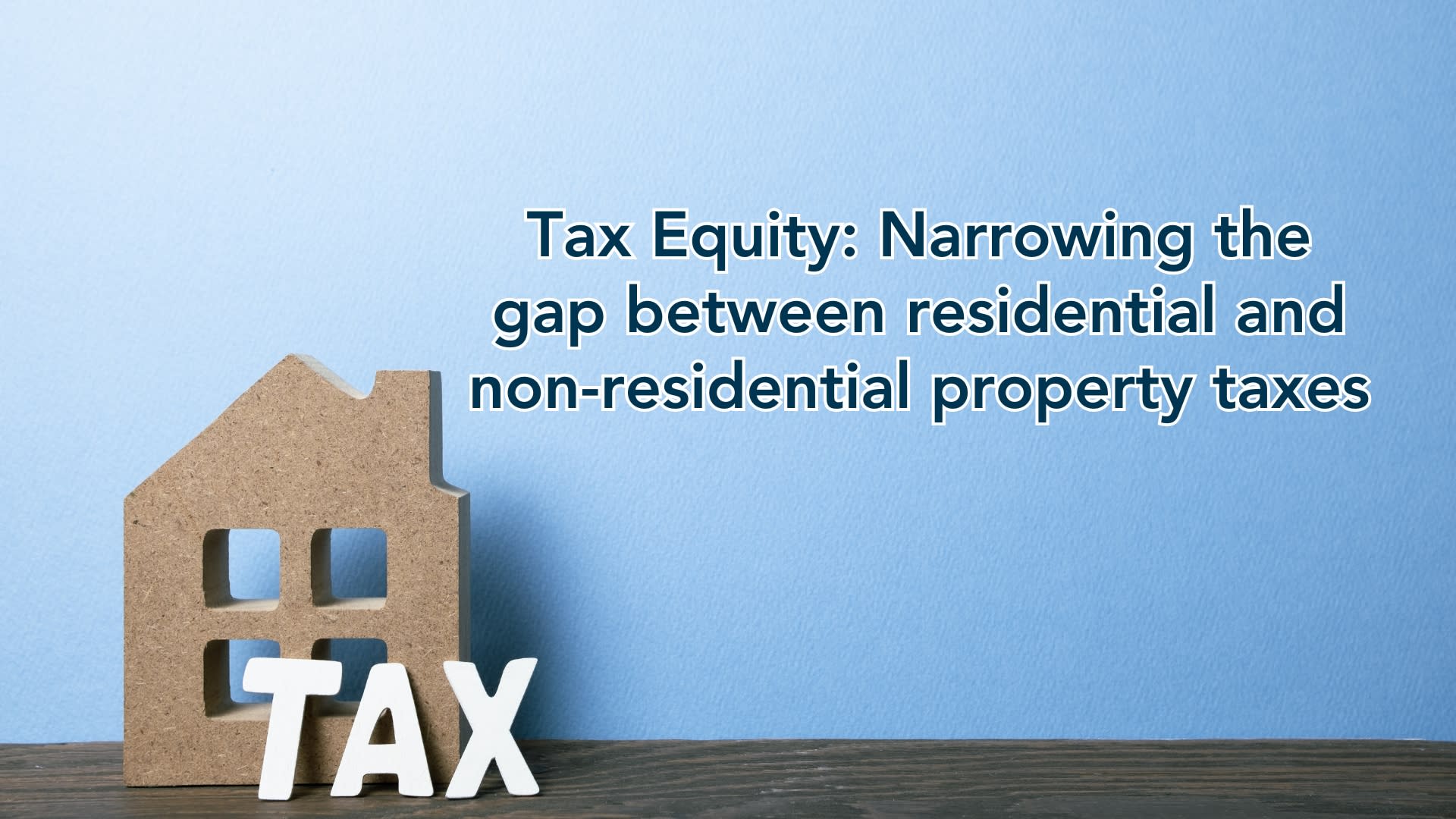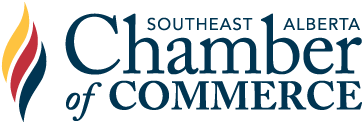Progress on Tax Equity: Narrowing the gap between residential and non-residential property taxes

Progress on Tax Equity: Narrowing the gap between residential and non-residential property taxes
Executive Summary
In 2015, the Southeast Alberta Chamber of Commerce first drafted a policy on Narrowing the gap between residential and non-residential property taxes, as Non-residential properties continue to pay a greater proportion of property taxes than residential rate payers. We have worked since that time on advocating for that gap to be narrowed, as well as various improvements to the City's tools and communications. It was determined in May 2025, that we could mark the official policy as complete with a Letter to Medicine Hat City Council May 28, 2025 and a commitment to continue to monitor progress annually.
Background: Why this Matters
We recognize that property taxes vary widely across municipalities in Alberta. This reflects differences in assessment bases as well as the latitude given to municipalities to raise revenue in different ways under the Municipal Government Act, such as different classes of property taxes, user fees, etc. Nonetheless, there is a tendency to place a greater proportion of the tax burden on businesses versus those accessed by residents. Although it is very difficult to measure and compare the public services received by businesses versus those received by residents, it seems unlikely that the cost of providing municipal services to businesses can be double, or higher, as some tax rates show. Efforts should be ongoing to narrow the residential vs. non-residential tax gap to a more equitable ratio that can be defended with data to justify why one class could pay more than the other.
One way to compare business burden to residential burden is the property tax rate ratio. This ratio is calculated by dividing the non-residential property tax rate by the residential property tax rate.
We know that property taxes have important implications for economic competitiveness. In jurisdictions across Canada, studies have shown numerous ways in which businesses pay a disproportionate share of the tax burden. This problem is not Alberta’s alone and others have tried to solve it. For example, some jurisdictions have opted to recommend a rate ratio cap, effectively preventing the ratio from getting too large.3 Others have followed this trend, but singled out small business to benefit from a lower tax gap ratio at a quicker rate than they were able to implement for all business.4
What we have worked on for our members....
In 2015, the Southeast Alberta Chamber of Commerce put forward a policy that our municipalities adopt a policy to reduce the residential and non-residential property tax gap to a ratio of 2.0 or lower and create greater transparency in how the municipality sets its’ residential and non-residential tax rates by developing a system, policy or costing method communicating and explaining to local businesses how tax rates and associated costs are set.
As in previous years, our analysis focuses on comparability with similarly sized municipalities across Alberta. While a full provincial comparison will not be available until December 2025, early indicators suggest that Medicine Hat continues to make progress in narrowing the non-residential tax gap, based on the most recent available data for 2025.
There has been progress on the Tax Ratio and although the 2.0 tax rate target has not been formally adopted as policy, the non-residential tax rate has improved and now ranks in the top half of Alberta municipalities. We know Council continues to receive annual options in April that include narrowing the tax gap. In 2025, the approved recommendation reflects a smaller gap, which we view as a positive step.
The City has also made commendable improvements in the availability and clarity of property tax information, as well as the improved property tax calculator, the GIS assessment map, and e-tax options, which we believe support a better understanding among taxpayers.
We also know that 2025 presented unique challenges that are largely external with the increase in the provincial education tax, the assessment shortfall and possible variances in provincial grants in place of taxes.
Given the progress made and the external factors influencing this year’s tax impacts, we are marking our current tax ratio policy as complete. However, we suggest the City Council continue to revisit the issue each year to monitor developments and ensure continued alignment with business community interests to reduce the property tax gap and encourage future development. The challenges we have experienced with slowed growth and rising costs for municipal services across the community amplify concerns with the tax burden and will continue to do so moving forward without further assessment growth.
As a Chamber, we will review the tax proposals annually to determine where the City of Medicine Hat ranks and the progress towards narrowing the gap.
